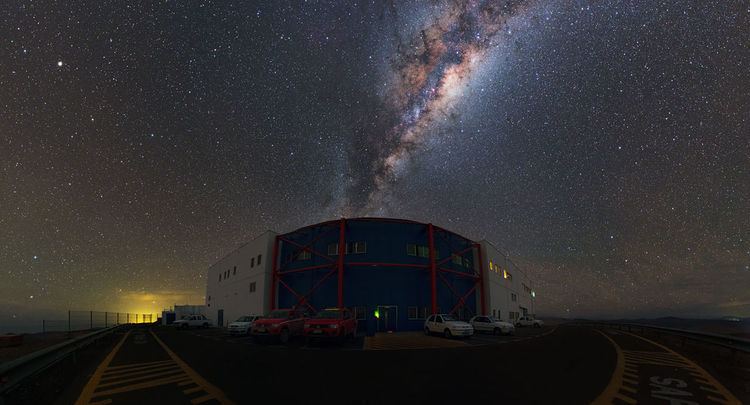 | ||
A dark-sky preserve (DSP) is an area, usually surrounding a park or observatory, that is kept free of artificial light pollution. The purpose of a dark sky preserve is generally to promote astronomy. Because different national organizations have worked independently to create their programs, different terms have been used to describe the areas. This has led to confusion between the terms reserve, preserve, and park. The International Dark-Sky Association (IDA) chooses reserve to avoid confusion with park, when using the acronyms "IDSR" (International Dark Sky Reserve) and "IDSP" (International Dark Sky Park).
Contents
In 1999, the first permanent preserve was established at Torrance Barrens in the Muskoka region of southern Ontario. Nevertheless, protection zones around observatories existed well before the creation of that preserve.
The IDA recognizes protected areas outside the United States. The Mont Mégantic Observatory in Quebec is the first such site to be recognized (in 2007) as International Dark Sky Reserve. IDA has also recognized Natural Bridges National Monument in Utah as the world's first International Dark Sky Park.
Canada has established an extensive standard for dark sky preserves that addresses lighting within the DSP and influences from skyglow from urban areas in the region. This was based on the work of the Royal Astronomical Society of Canada. There are no other established standards for dark sky preserves. Outside Canada, such designations are generally through self-proclamation. As a result, the validity of such a designation may be dubious. In some cases, dark sky preserves are neither dark nor protected.
It is generally understood that a Dark Sky Preserve, or Dark Sky Reserve, should be sufficiently dark to promote astronomy. However this is not always the case. The lighting protocol for a Dark Sky Preserve is based on the sensitivity of wildlife to artificial light at night (ALAN). The lighting protocol for the RASC is based primarily on wildlife sensitivity.
Dark Sky Places
The International Dark-Sky Association (IDA) Dark Sky Places program offers five types of designations:
Further designations include Dark Sky Nation, given to the Kaibab Indian Reservation, and Parashant International Night Sky Province-Window to the Cosmos, given to Grand Canyon-Parashant National Monument.
Other
Some regions, like the following, are protected without any reference to an observatory or a park.
Canada
In the Canadian program, lighting within the area must be strictly controlled to minimize the impact of artificial lighting on wildlife. These guidelines are more stringent than in other countries that lack the extensive wilderness areas that still exist in Canada. The management of a Canadian DSP extends their outreach programs from the public that visit the site to include the promotion of better lighting policies in surrounding urban areas. Currently, dark-sky preserves have more control over internal and external lighting than other programs.
With the increase in regional light pollution, some observatories have actively worked with cities in their region to establish protection zones where there is controlled light pollution. These areas may not yet have been declared dark-sky preserves.
Although dark-sky preserve designations are generally sought by astronomers, it is clear that preserving natural darkness has positive effects on the health of nocturnal wildlife within the parks. For example, the nocturnal black-footed ferret was reintroduced to the Grasslands National Park dark-sky preserve and the success of the reintroduction is enhanced by the pristine natural darkness maintained within the park by the DSP agreement.
